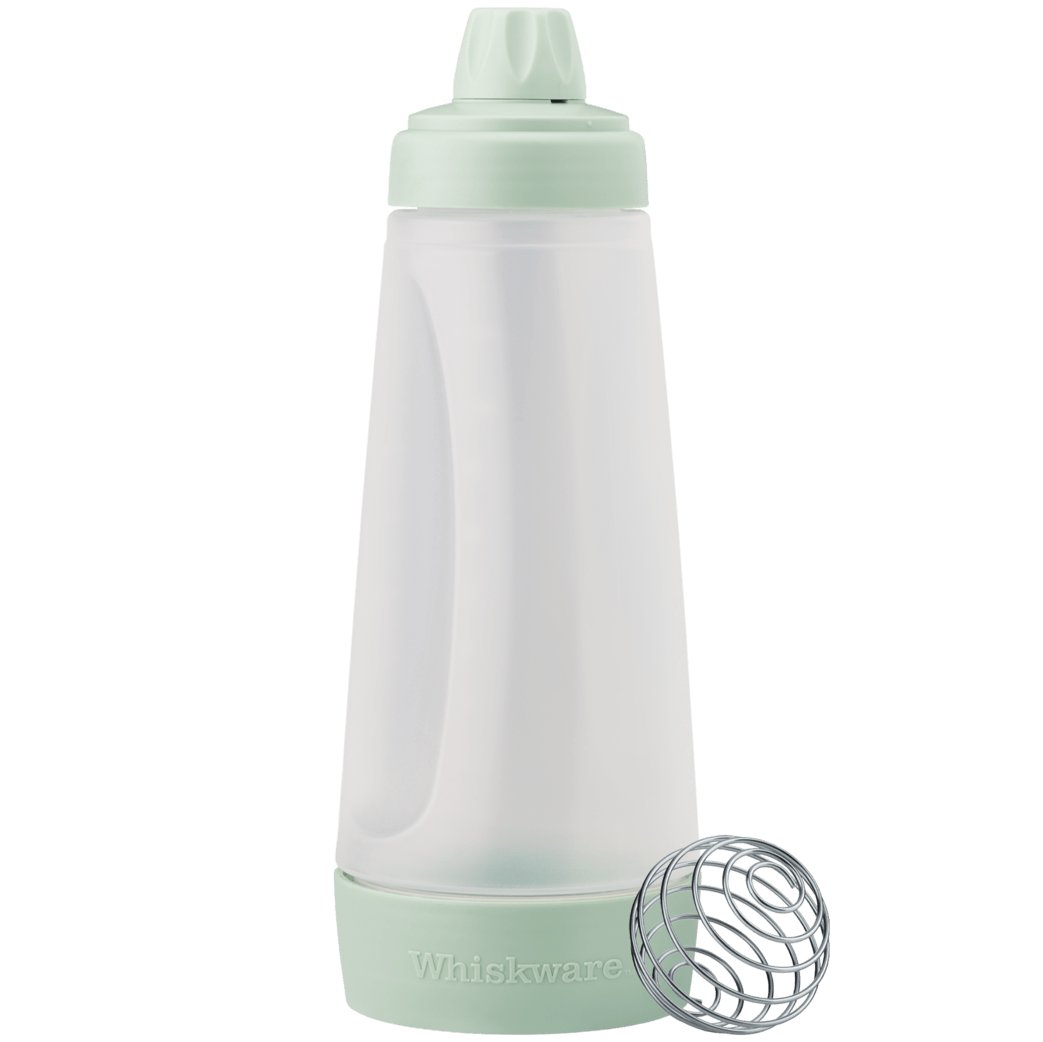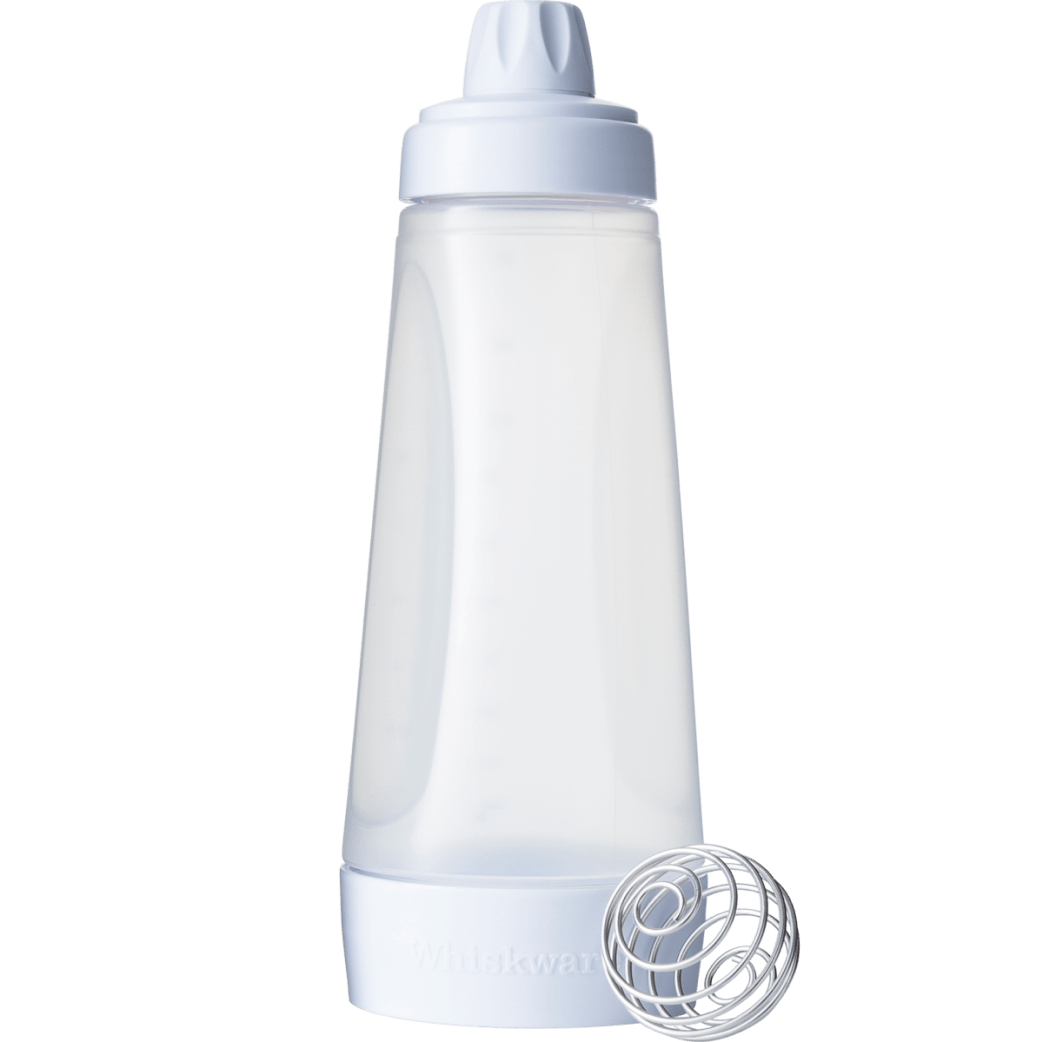What is Clean Eating—and Why Should You Care?

The term “clean eating” is a trendy foodie phrase, which conjures up a generally healthy diet plan, free from junk food and harmful additives. But there’s more to it than that. So what is clean eating, actually, and how can you wrap your head (and your appetite) around a clean eating plan?
What is Clean Eating, Anyway?
Clean eating basics include prioritizing unprocessed or minimally processed foods. Taken to an extreme, a clean eating plan could avoid cooking altogether, as raw fruits and vegetables represent food in its least processed form. For most people, however, an entirely raw food diet isn’t very realistic—or very appealing. Rather, clean eating allows for flexibility, while keeping a focus on whole foods and limiting the processing your food goes through from its origin to the time it reaches your plate.
Highly processed foods tend to be stripped of nutritional value. Plus, certain additives—such as GMOs—can be downright dangerous, linked to serious health issues such as cancer and infertility. Other food additives actually stimulate junk food cravings, leading to a tough-to-break cycle of unhealthy eating.
Processed foods include items that:
- Contain added sugar, salt, fat, or other flavorings
- Rely on added preservatives to prevent spoilage
- Are vitamin or calcium enriched
- Are modified from their original form (for example, apples that have been processed into sugary apple sauce, or fruit that has been processed into fruit juice with additives)
- Contain man-made components (those weird words you don’t recognize on the ingredient list)
Conversely, clean eating centers on eating “real” food in its purist possible form—food that isn’t necessarily the most convenient, but is nourishing for your body. Plus, whole foods keep you satisfied longer, reducing your cravings for junk food.
Clean eating may include:
- Eating fruit before it is turned into fruit juice, corn before its processed into corn flakes, and certain meats before they are packaged and processed
- Organic veggies, whole-grain bread, pasture-raised eggs, and grass-fed beef are all examples of minimally processed foods

How to Eat Clean
Clean eating doesn’t need to be an all or nothing approach. Instead, do your best to select whole, minimally processed foods most of the time. Keep these clean eating basics in mind as you shop for, prep, and cook your food:
- Choose whole, natural, farm-fresh foods
- Shop the perimeter of the grocery store (highly processed foods tend to be in the center aisles) and your local farmer’s market
- Check the ingredient list on any packaged foods—anything you don’t recognize or can’t pronounce is probably manmade
- Watch out for added sugar, salt, and fat
- Pack your own lunches for work or school
- Cook your own meals to control the ingredients and processing
- Use herbs and spices rather than store bought dressings and marinades—or opt for olive oil, balsamic vinegar, and lemon juice
- Cook dried legumes rather than buying canned beans
- Avoid food substitutes and pre-cooked heat-and-serve meals and snacks
- Eat raw fruits and vegetables to maintain the most possible nutrients
- When prepping and cooking, limit food processing time—minimally processed methods include steaming, stir-frying, and blending
Additional smart diet and health advice:
- Aim to include protein and carbs in every meal
- Eat three main meals plus two–three satisfying snacks throughout the day
- Stay active throughout the day
Quick Clean Eating Plan
Let’s get real. Clean eating sounds like a great idea. But there’s no doubt it can be a challenge in our busy lives, where grab-and-go convenience rules. Try this sample whole food-inspired meal plan for realistic clean eating snacks and breakfast, lunch, and dinner ideas.
Choose TWO of the following for mid-morning and mid-afternoon snacks:
- Grapes
- Apples and natural peanut butter
- Celery and hummus
- Mixed nuts
- Popcorn (no butter)
- Hardboiled egg
- Whole grain pita bread with hummus
Choose ONE of the following for breakfast:
- Grits, a little syrup, and fresh fruit
- Yogurt, granola, and blueberries
- 2 slices of whole-wheat toast, eggs, and a banana
- A smoothie using whole fruits, veggies, yogurt, and ice
Choose ONE of the following for lunch:
- Taco salad
- Lettuce wraps
- Grilled chicken sandwich on whole grain bread
- Chicken salad (light dressing)
- Tuna sandwich on whole grain bread
Choose ONE of the following for dinner:
- Steak tacos with Spanish rice
- Potato and leek soup with whole wheat roll
- Lemon ginger chicken
- Garlic chicken with yellow potatoes
- Whole-grain penne with chicken and cherry tomatoes
- Whole-grain spaghetti with broccoli (or other veggies)
- Grilled salmon salad
Many different meals can be included in your clean eating plan; these are just a few to get you started. And remember—a focus on whole, minimally processed foods and limited additives will help clean up your diet. You don’t need to be an all-out clean-eating fanatic to feel better and experience the benefits of healthier food choices.

Benefits to Clean Eating
A clean eating plan certainly has health benefits, which can include:
- Better energy levels
- Improved sleep
- A stronger immune system
- Weight loss
- Feeling more full throughout the day
- Diets rich in fruits and vegetables have been shown to help prevent high blood pressure, Type 2 diabetes, and heart disease
As you adopt your clean eating plan, we’d love to learn about the snacks and meals that work best for you. Share your favorites in the comments below.






